Welcome toGeorge Bush Intercontinental Airport

Holiday Travel at IAH
Learn how to navigate our airport during peak travel times.
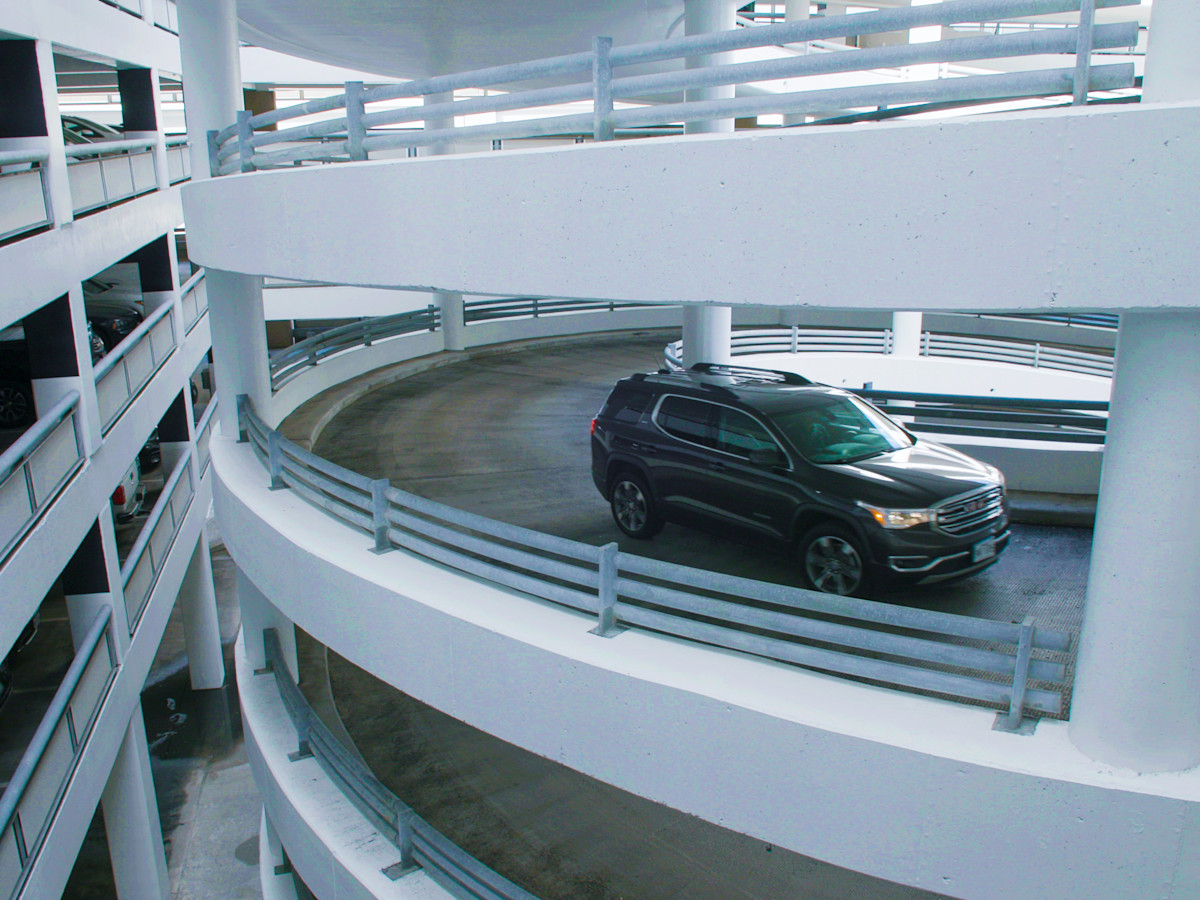

Good to know
Airport Services
IAH provides a variety of service-oriented amenities to enhance your travel experience.

FlyHouston Rewards
Shop, dine, park, and earn rewards—FlyHouston Rewards makes every purchase at Houston’s airports more rewarding.
Good to knowQuick links
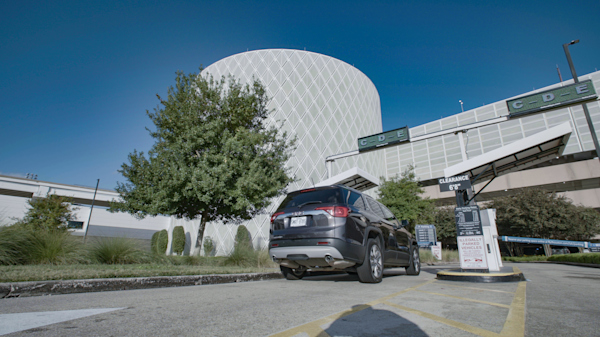
IAH Parking Information
Convenient parking is available, including reserved spots, EV charging, and accessible spaces.
Learn more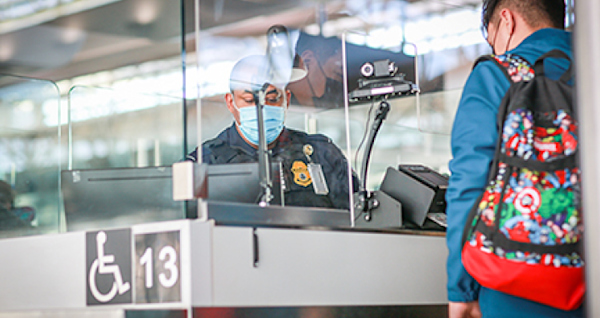
International Processing
International passengers will proceed through Customs & Immigration in the Terminal E international arrivals hall.
Learn more
Need Transportation
Choose from Rideshare apps, shuttles, or rental cars for convenient ground transportation options.
Learn more
Latest UpdatesNewsroom
View all IAHDec 18, 2025
IAHDec 18, 2025Frontier expands Central America nonstop service from Bush Airport
Frontier Airlines has launched new nonstop international service from George Bush Intercontinental Airport (IAH), expanding Houston’s direct connections to Central America with inaugural flights to Guatemala City, Guatemala; San Salvador, El Salvador; and San Pedro Sula, Honduras.The new routes, which all be active as of December 20, add momentum to IAH’s growing global network and reinforce Houston’s long-standing role as a gateway to Latin America. Guatemala City marks Frontier’s first service to the country from Houston, while the El Salvador and Honduras routes introduce two new international destinations for the airline.“This new nonstop service to Guatemala, El Salvador and Honduras expands Houston’s connections to Latin America and supports our regional economy by making it easier for travelers to reach the fourth-largest city in the U.S.,” said Jim Szczesniak, director of aviation for Houston Airports. “As we prepare to welcome the world for the 2026 FIFA World Cup, choice matters. This service strengthens our connectivity and reinforces Houston’s role as a global city.”Houston is the fourth-largest and most diverse city in the United States, and one of the nation’s fastest-growing regions. Between 2023 and 2024, Houston ranked second in population growth nationwide, underscoring the demand for expanded air service that connects families, businesses and cultures across borders.That demand is already reflected in travel trends. In 2024, more than 5 million passengers flew between Houston and Mexico, a 3% increase from 2023. An additional 3.6 million travelers flew between Houston and Central or South America, representing a 9% increase from 2023.For Houston travelers, Central America offers close, affordable access to rich cultural and natural experiences. Guatemala is known for its Mayan heritage, colonial cities such as Antigua and dramatic volcanic landscapes. El Salvador continues to gain attention for eco-tourism and surfing along the Pacific coast, while Honduras offers coral reefs near Roatán and the commercial and cultural hub of San Pedro Sula. Each destination is roughly a three-hour flight from Houston.For travelers arriving from Central America, Houston represents family ties, opportunity and cultural connection. The city is home to vibrant Guatemalan and Honduran communities and one of the largest Salvadoran populations in the United States. Neighborhood restaurants, community organizations and consulates help make Houston feel like a second home, while the city’s broader offerings — from world-class dining and professional sports to NASA and the arts — continue to attract visitors from across the region.The timing of the new routes aligns with Houston’s preparations for the 2026 FIFA World Cup. Houston offers nonstop service to every North American host city for the tournament, and expanded international connectivity is expected to play a key role as fans, families and visitors travel to and through the region.Read more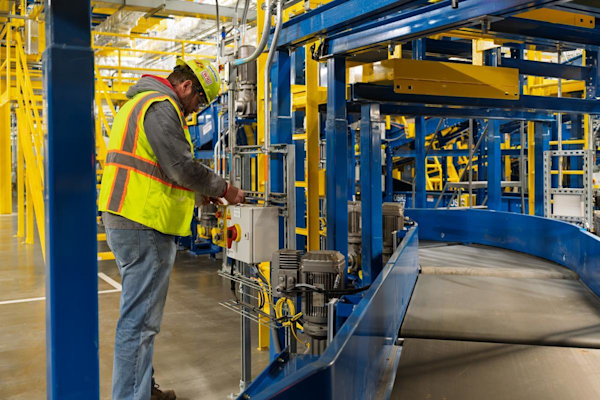 IAHConstructionDec 18, 2025
IAHConstructionDec 18, 2025The hidden highway beneath your suitcase
Most passengers never see it. They hand over their suitcase, walk toward security and trust the rest will take care of itself.Behind the walls of George Bush Intercontinental Airport (IAH), however, that quiet handoff sets off a precisely choreographed journey—one that will soon run across steel, sensors, software and conveyor belts deep inside the airport’s newest international infrastructure.This is the baggage handling system, or BHS, and bringing it online is nothing short of an industrial ballet.Along North Terminal Road, crews spent months meticulously assembling a 157-foot-long steel bridge. The 85-ton structure is designed to carry luggage across a 1.5-mile network of conveyors that form the backbone of the new system.Once operational in early 2026, the new BHS will be capable of processing up to 2,400 bags per hour, serving both international and domestic flights, with a primary focus on international departures from the new International Central Processor at Terminal E.Step inside the space and the scale becomes immediately clear.Bright blue conveyor frames rise in clean, geometric lines, crisscrossed by yellow catwalks and guardrails that create a grid overhead. Thick bundles of cable snake above and below, feeding power and data to hundreds of sensors designed to monitor movement, prevent jams and track every bag as it moves through required screening before ultimately being routed and delivered to an aircraft.Before the system can carry a single passenger bag, it must be certified. That process includes rigorous testing of the machinery and how people, equipment and emergency response protocols function within the space.This week, the Houston Police Department Tactical Operations Division and the Transportation Security Administration conducted controlled walkthroughs inside the new Checked Baggage Inspection System building. These inspections are a standard and necessary step to ensure the facility supports routine screening operations, allows for safe navigation of specialized equipment and maintains clear lines of communication in all operational scenarios.Testing will continue in carefully sequenced phases, all aimed at one moment: flipping the switch.When the system comes online in 2026, most travelers will never notice it. Bags will simply move smoothly from the check-in counter at IAH to a baggage claim belt somewhere around the world.That is the goal. Because the most advanced systems at an airport are often the ones passengers never have to think about at all.Read more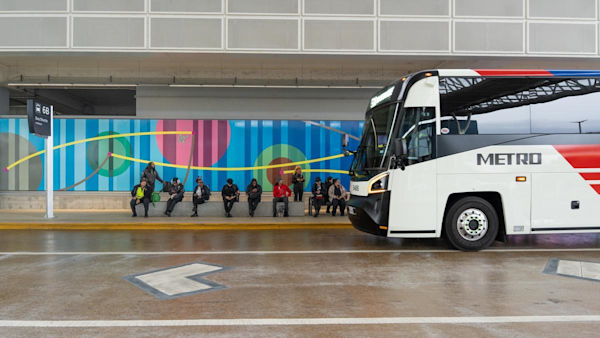 IAHCommunityDec 17, 2025
IAHCommunityDec 17, 2025METRO 500 Downtown Direct now stops at IAH Terminal E
Travelers using METRO’s 500 IAH Downtown Direct now have an even clearer path between downtown Houston and George Bush Intercontinental Airport (IAH).The nonstop bus route’s pickup and drop-off location has moved to the International Departures curb at Terminal E, placing passengers steps from airline check-in and international departures. The update is designed to make the journey between IAH and the George R. Brown Convention Center in Downtown Houston more intuitive.The 500 IAH Downtown Direct launched in April as a fast, affordable connection between Downtown Houston and the airport, operating seven days a week from 5:30 a.m. to 8 p.m. Buses run every 30 minutes and offer a flat $4.50 one-way fare between IAH and the GRB.The new Terminal E curbside location reflects a broader effort by Houston Airports and METRO to remove friction from the passenger journey and align ground transportation with how travelers actually move through the airport.The route complements METRO’s existing 102 Bush IAH Express, which continues to make stops at IAH Terminal C while giving downtown-bound riders a nonstop option. From the GRB, passengers can easily connect to METRORail’s Green and Purple lines or use METRO’s Community Connector micro-transit service through the Ride Circuit app at no additional charge.As Houston prepares to welcome the world for major conventions and the 2026 FIFA World Cup, the updated pickup and drop-off location underscores a shared focus on accessibility, affordability and Houston-friendly hospitality.Plan ahead: Travelers are encouraged to look for METRO 500 signage along the IAH Terminal E International Departures curb and allow time for curbside activity during peak travel periods. For schedules and service details, visit Fly2Houston.com or RideMETRO.org.Read more





